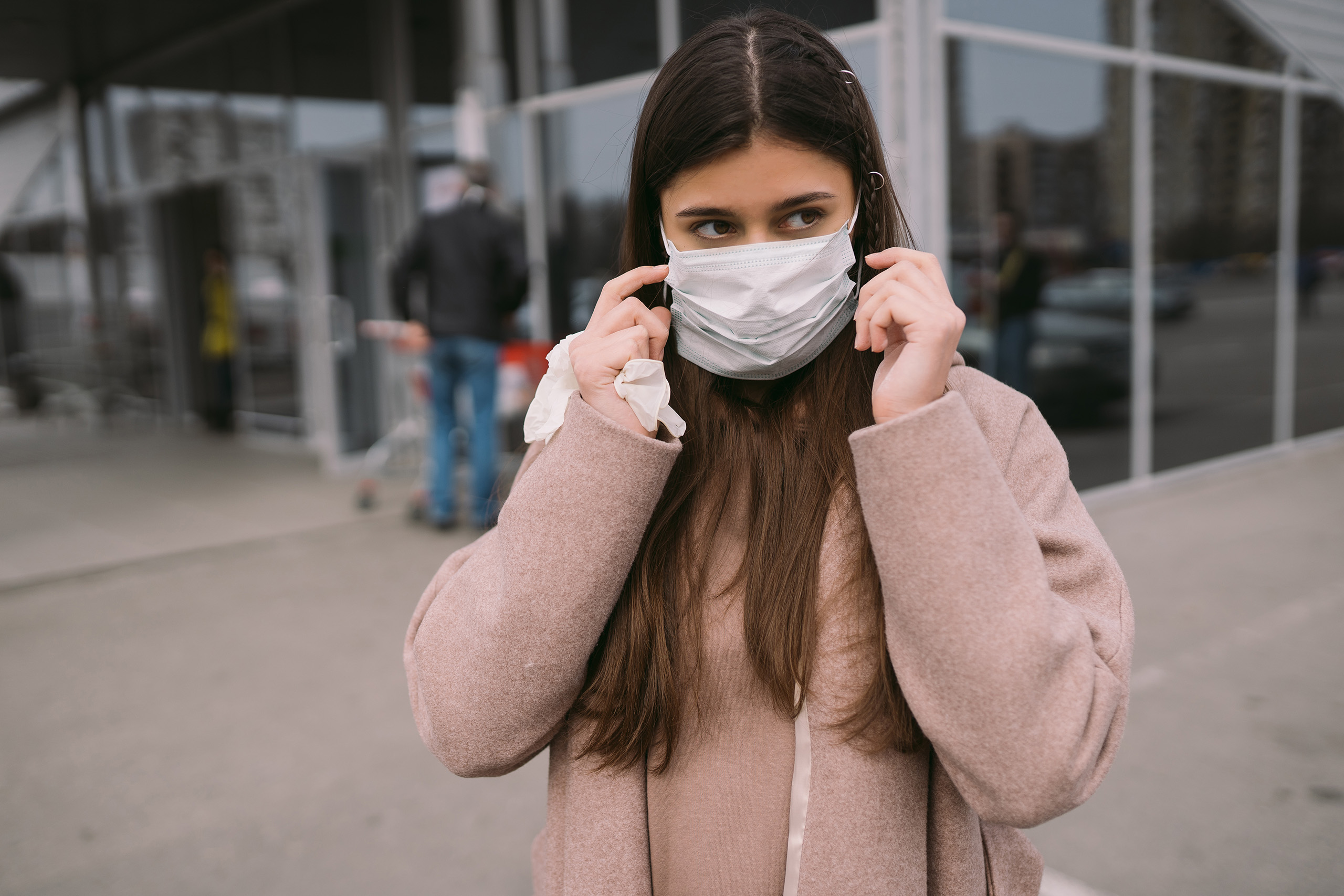
New Variant of Covid-19
HCL HEALTHCARE | 11TH APRIL’ 2022
On 6 April 2022, India reported the first case of XE COVID-19 variant when a 50-year-old South African lady was found to be positive in Mumbai. The Brihanmumbai Municipal Corporation, which reported the case, said the patient does not have any severe symptoms and has tested negative on RT PCR. The Union Health Ministry has said further tests are required to confirm whether the variant indeed is XE.
The news caught media attention because the World Health Organisation (WHO) last week said that the XE variant is more transmissible than previous variants of Omicron.
Even though it is not clear yet if it is indeed XE, it still is a matter of concern given that the number of COVID-19 cases has been at its lowest in the last couple of weeks and COVID-19 restrictions and mask mandates have been relaxed in many parts of the country including Delhi and Mumbai.
If you are wondering about the variants and their precautions, here is a primer on all that you need to know about the new COVID-19 variant so that you are not caught off-guard.
What’s new about this variant?
Almost 90 percent of all the infections reported in 2022 were of the Omicron variant. It has two main sub-variants–BA.1 and BA.2. In India, BA.2 was the most common during the third wave, reported Indian Express.
BA.2 was found to be more transmissible than BA.1, even though it was not found to be more dangerous. According to WHO at the moment, 94% of all samples sequenced across the world were of BA.2.
XE is a recombinant –which means it contains the mutations present in both BA.1 and BA.2. XE was first found in the United Kingdom in January 2022 and has been reported in 623 cases in the country. Recently, Thailand and New Zealand have also found XE variant in their samples.
What is recombinant?
Recombinant variants occur when an organism is infected with two variants of the virus and their genetic material mixes together or through DNA technology in the laboratory.
Other than XE, there is also XD which is a recombinant variant of BA.1 and Delta and which is found in Belgium, Denmark and France and XF which is a recombinant variant of BA.1 and Delta and found mostly in the UK.
Is XE more dangerous?
It does not seem so, yet.
The WHO on 29 March reported that XE has a “10% transmission advantage” as compared to BA.2 which means it spreads 10% faster than BA.2 variant. This finding requires further confirmation, it further said.
Now, XE is being tracked as part of the Omicron variant till significant differences in its transmission and disease characteristics, including severity, may be reported, the global health agency said.
“There was no evidence, yet that XE was any more serious in disease severity, with all Omicron variants so far shown to be less severe”, the WHO said.
What are the symptoms caused by the XE variant?
Symptoms caused by XE are the same as those by Omicron including fatigue, dizziness, headaches, sore throat, fever, heart ailment, and palpitation. Some also experience loss of taste and smell.
What can you do?
Completing your COVID-19 vaccination doses, and getting a booster dose if you are eligible, will help in protecting yourself against severe disease.
At the moment, it would be wise to follow all the existing COVID-19 appropriate behaviour including wearing a face mask when outside, maintaining physical distance, avoiding crowded places, seeking medical help, and testing yourself if you experience any of the symptoms.
Remember, this is not a time to lower your guard, “People think it is summer which hinders infection but that’s not true, these viruses are now perennial.
Especially those with respiratory allergies and long-term diseases are more prone to infection-related complications, so they must take extra care,” said Dr. Amit Kumar Gupta, Senior Consultant and Head, Medical Services and Quality, HCL Healthcare.





